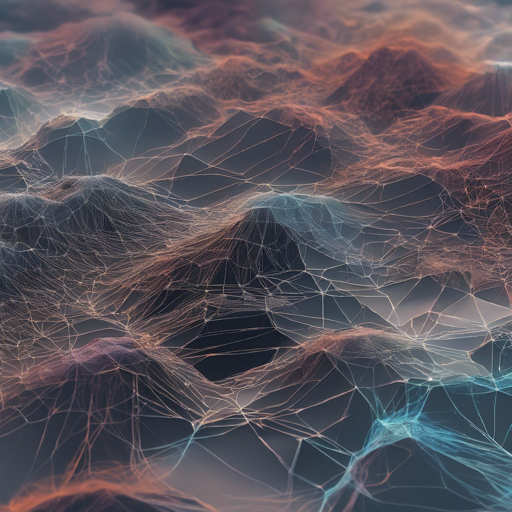Welcome to the intriguing world of GAN inversion! This guide will walk you through the process of using the Spatially-Adaptive Multilayer (SAM) GAN inversion technique, which brings a fresh approach to image generation and editing by cleverly utilizing multiple latent codes. Whether you’re looking to reconstruct images or make edits, you’ll find valuable insights here.
Understanding GAN Inversion
Imagine you have a magical art studio where you can create stunning paintings (images) from a predefined set of styles (latent spaces). Inverting a GAN is like trying to recreate a specific painting back from one of those styles, but you often face a tricky situation. Selecting a single style node to recreate your painting might make it hard to capture all its details. Here comes our hero, SAM GAN, which uses multiple styles tailored to different sections of your painting. This allows for a perfect combination of accurate reconstruction and editability.
Getting Started with SAM GAN Inversion
To spice things up and join the dynamic research community, follow these simple steps and unleash the power of image manipulation.
Step 1: Clone the Repository
First, you’ll need to clone the SAM GAN inversion repository to your local machine. Use this command:
git clone --recurse-submodules https://github.com/adobe-research/sam_inversion
cd sam_inversionStep 2: Environment Setup
Ensure you have all the necessary dependencies. You can easily set them up using conda:
conda env create -f environment.yml
conda activate inversionStep 3: Inversion Process
Inverting an image can be done with a simple command. Make sure to specify the image category among cars, faces, or cats:
python src/sam_inv_optimization.py --image_category cars --image_path test_images/carsb.png --output_path output/cars --sweep_thresholds --generate_editsStep 4: Using a Custom Dataset
If you wish to perform SAM Inversion on your own dataset, follow these steps:
- Firstly, execute a single layer inversion using all candidate latent spaces for the training set:
for latent_name in W+ F4 F6 F8 F10; do
python src/single_latent_inv.py --image_category cats --image_folder_path datasets/custom_images/train --num_opt_steps 501 --output_path output/custom_ds/train/$latent_name --target_H 256 --target_W 256 --latent_name $latent_name
donepython src/train_invertibility.py --dataset_folder_train output/custom_ds/train --dataset_folder_val output/custom_ds/val --output_folder output/invertibility_custom_ds --gpu-ids 0 --batch-size 16 --lr 0.0001Troubleshooting Tips
If you encounter any issues during your journey:
- Ensure you have the right version of libraries mentioned in the
environment.yml. - If the image inversion isn’t producing the desired outcome, double-check your image paths and categories.
- Network errors when training usually indicate a GPU memory overload; consider reducing the
batch-size.
For more insights, updates, or to collaborate on AI development projects, stay connected with fxis.ai.
Conclusion
At fxis.ai, we believe that such advancements are crucial for the future of AI, as they enable more comprehensive and effective solutions. Our team is continually exploring new methodologies to push the envelope in artificial intelligence, ensuring that our clients benefit from the latest technological innovations.
References
For a deeper dive into SAM GAN inversion, you can check out the [**Project Page**](https://www.cs.cmu.edu/~SAMInversion) and the [**Paper**](https://arxiv.org/abs/2206.08357).

